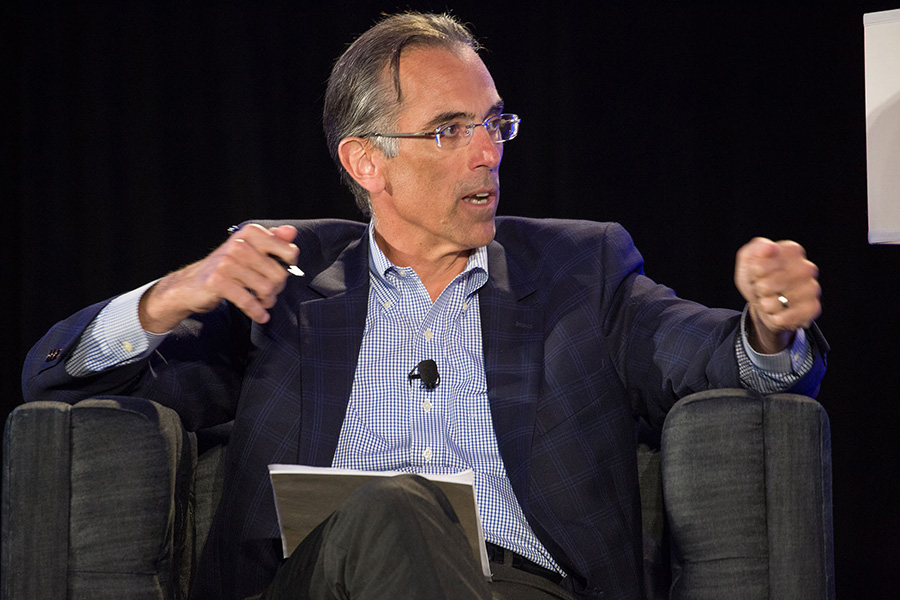Industry disruption at all corners has shone a spotlight on executives in health care as trust in hospital organizations slides in the U.S. Meanwhile, other sectors of health care are similarly feeling higher levels of scrutiny from patients according to the same barometer.
With any industry amid disruption, the pressure typically mounts on top management to determine ways to keep pace with, if not stay ahead of, rapid change. That’s no different in health care. And along with that comes higher levels of scrutiny from inside and outside the organization.
“There is so much going on in the industry, both from a regulatory perspective and innovation/tech perspective, as well as potential new entrants and all these innovators in digital health, there is a fair amount of pressure on leadership at health care organizations to be innovative and to meet the challenges of the changing environment,” says Brad Fluegel, principal at BMF Advisors and a former executive at Walgreens, Wellpoint and Aetna.
In particular, Fluegel says pressure on leadership has come from the accelerating rate of partnerships and alliances as well as merger and acquisition activity in health care. “There’s a feeling if you aren’t participating in this vertical consolidation, you’ll be left out and in a weaker competitive position,” he says. Fluegel also believes that the rate of innovation and new entrants from the tech world has also led to higher levels of scrutiny.
Some CEOs embrace the new entrants and vertical integration. Allina Health CEO Penny Wheeler, MD said at the Health Evolution Summit the collaborative environment between payers, providers, life sciences, tech companies, and other types of organizations will help connect all areas of the care continuum.
[Read more: Allina Health CEO Penny Wheeler on removing inefficiencies within health care]“I actually think these disruptors, this vertical integration, I think that’s a good thing,” says Wheeler. “[Anthem CEO] Gail Boudreaux said that Billie Jean King told her that, “Pressure is privilege.”
Thus far, this disruption hasn’t had an impact on executive turnover, at least in hospitals and health systems. According to a report from the American College of Healthcare Executives, hospital CEO turnover has remained steady at 18 percent for five years running. But while the numbers haven’t gone up—they haven’t gone down and that’s problematic, says the ACHE.
“Organizational restructuring, the movement of CEOs to different positions within health systems, and the fact that many CEOs are reaching retirement age, all contribute to this high level of turnover in hospital CEO positions,” says ACHE CEO Deborah Bowen. In fact, 2019 CEO turnover in hospitals alone is the third highest among all industries, according to a report from Challenger, Gray and Christmas, trailing on government and tech. When you add in CEO turnover in other sectors of health care, such as payers and life sciences companies, the industry vaults to the top.
The high cost of care
Every health care CEO has patient issues front of mind. When it comes to patients, the issues of cost and access are typically at the center of dissatisfaction. Even if the problems aren’t new, they continue to be a focal point for health care executives.
“Cost is an existential issue that’s always there. It’s not new. Every year people say they can’t pay any more and every year we pay more. The continuing increase in costs being placed upon governments, employers, and families are a continuing problem. When we say family premium costs are [more than] $20,000 per year, that’s a substantial slice of household income,” Fluegel says.
What’s new, he says, is health systems are feeling more of the heat when it comes to costs. Fluegel says that providers were insulted from these problems because people tend to like their physicians and those organizations employ people in the community. However, more observers are recognizing hospitals have as much to do with those high costs as payers and life science companies.










